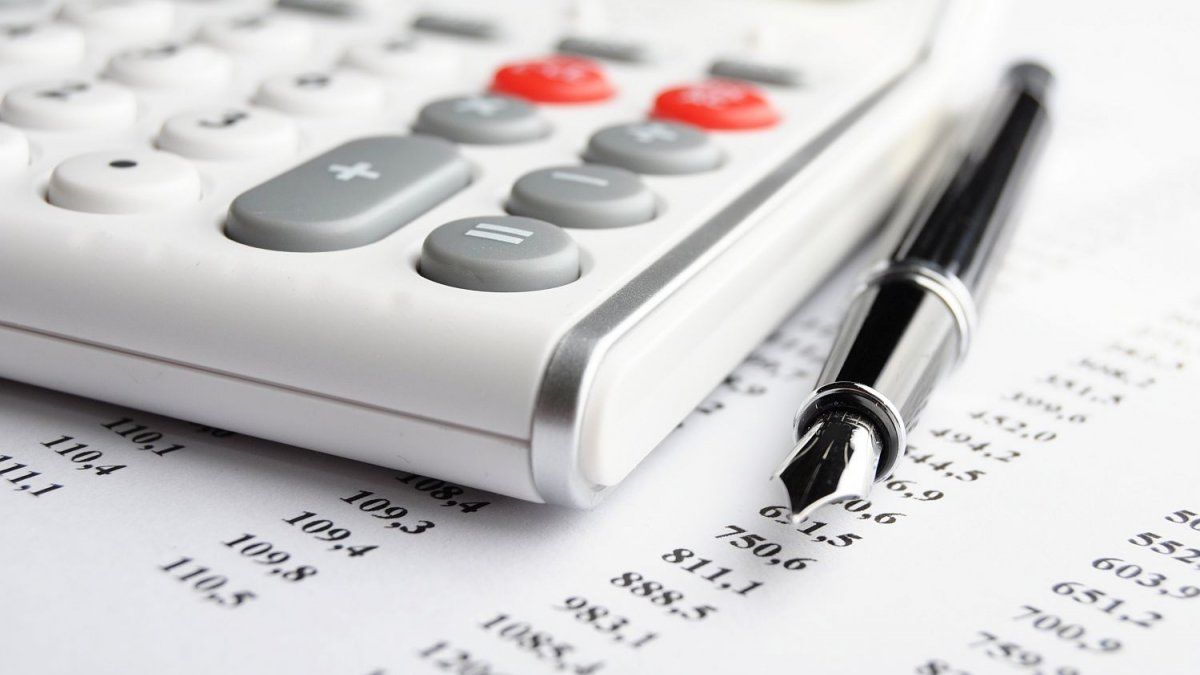“In the second quarter of 2024, economic and primary results were surplus and the financial result was in deficit. Thus, the first six months of the year closed with a Economic surplus of $274.809 billion (2.7% of current income), with a primary surplus of $214,032 million (2.1% of total income) and a financial deficit of $122,382 million (1.2% of total income)”, reported the provincial Ministry of Economy.
The portfolio indicated that “This reflects a real drop in total resources of 16% year-on-year.” and expenditure in line with this dynamic.” The decline in expenditure was 19.1% in real terms.
The report states that “the lower resources were the result, on the one hand, of the Fall in tax revenue (8% in real terms)both provincial and national, particularly taxes linked to economic activity, and on the other hand, to the reduction of national budgetary transfers, mandatory and usual (91% real)”.
“It should be noted that they relieved This fall is due to the provincial tax policy measures approved in the 2024 Tax Law, as well as the entry in May of extra shared resources due to the expiration of the balance of the Corporate Tax Return for the 2023 fiscal period, increased by the devaluation in December, which made it possible to alleviate fiscal results and comply with the province’s obligations,” the provincial government stated.
Revenue fell 16% year-on-year
According to official data, Total revenues amounted to $10.1 trillion, with a real year-on-year decline of 16% (+217.5% nominal). Tax revenues reached $7.9 trillion, showing an increase of 245.1%. Within these, own tax revenues grew by 256.4% and tax revenues of national origin grew by 233.4%, both showing declines once the effect of inflation was discounted.
“The tax on the Gross Income, the province’s main source of income, reflected a year-on-year increase of 266.5%, leveraged by, among other tax policy and administration decisions, the extraordinary advance payment stipulated in the Tax Law and received in March,” details the official report.
On the expenditure side, the report notes, “it should be noted that the pace of execution was in line with the increase in resources in order to guarantee the continuity of provincial public policies and salary obligations.”
“This way, Total expenditures amounted to $10.2 billion, increasing by 204.3% compared to the same period of the previous year,” as indicated. That figure, according to estimates by the consultancy firm Politikon Chaco, is equivalent to a cut of 19.1%.
Current expenditures were $9.8 billion, up 214.2% compared to the second quarter of 2023. On the other hand, capital expenditures were $406.633 million, “affected by the interruption of national transfers associated with co-financed works, as well as the lack of authorization from the National Government for multilateral financing for new works.”
Source: Ambito




